We have our featured speakers lined up for the Hackaday Supercon, one of which is [Fran Blanche]. We’ve seen a lot of her work, from playing with pocket watches to not having the funding to build an Apollo Guidance Computer DSKY. In her spare time, she builds guitar pedals, and there’s a biopic of her in She Shreds magazine.
Halloween is coming, and that means dressing children up as pirates, fairies, characters from the latest Marvel and Disney movies, and electrolytic capacitors.
There’s a new movie on [Steve Jobs]. It’s called the Jobs S. It’s a major upgrade of the previous release, featuring a faster processor and more retinas. One more thing. Someone is trying to cash in on [Woz]’s work. This time it’s an auction for a complete Apple I that’s expected to go for $770,000 USD.
Hackaday community member [John McLear] is giving away the factory seconds of his original NFC ring (think jewelry). These still work but failed QA for small reasons and will be fun to hack around on. You pay shipping which starts at £60 for 50 rings. We’ve grabbed enough of them to include in the goody bags for the Hackaday Superconference. If you have an event coming up, getting everyone hacking on NFC is an interesting activity. If you don’t want 50+, [John] is also in the middle of a Kickstarter for an improved version.
Your 3D printed parts will rarely come out perfectly. There will always be some strings or scars from removing them from the bed. There’s a solution to these problems: use a hot air gun.
Everyone has a plumbus in their home, but how do they do it? First, they take the dinglebop, and smooth it out with a bunch of schleem. The schleem is then repurposed for later batches.


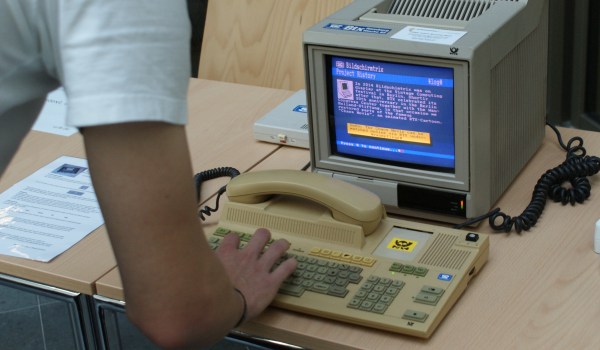
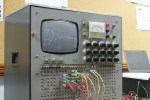
 [Philip] got a tattoo
[Philip] got a tattoo
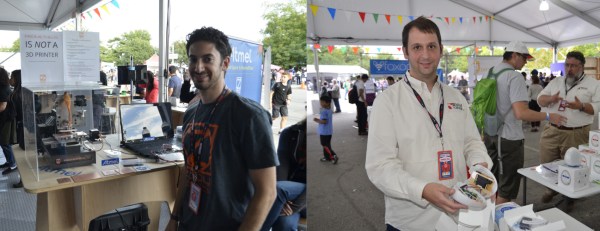
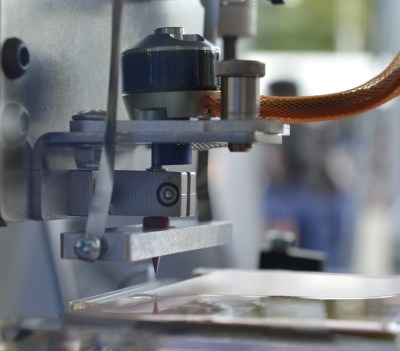 orts some impressive specs: 7 mil (0.18 mm) trace and space, and a Total Indicated Runout (TIR) of .0001 inches (2.5 micron). Not bad for a spindle turning 40,000 RPM. [Rocco] has spent the last two years designing this machine, and has sourced most of the parts from local US vendors. The unique part of Prometheus is the spindle design. Like many other small PCB routers, Prometheus uses a brushless quadcopter motor for power. Rather than go with a belt system, [Rocco] simplified things to a simple friction drive. The only precision parts he has to worry about are the bearings which hold the cutting bits in place. Prometheus isn’t for sale yet. [Rocco] plans to launch a Kickstarter campaign in the coming months.
orts some impressive specs: 7 mil (0.18 mm) trace and space, and a Total Indicated Runout (TIR) of .0001 inches (2.5 micron). Not bad for a spindle turning 40,000 RPM. [Rocco] has spent the last two years designing this machine, and has sourced most of the parts from local US vendors. The unique part of Prometheus is the spindle design. Like many other small PCB routers, Prometheus uses a brushless quadcopter motor for power. Rather than go with a belt system, [Rocco] simplified things to a simple friction drive. The only precision parts he has to worry about are the bearings which hold the cutting bits in place. Prometheus isn’t for sale yet. [Rocco] plans to launch a Kickstarter campaign in the coming months.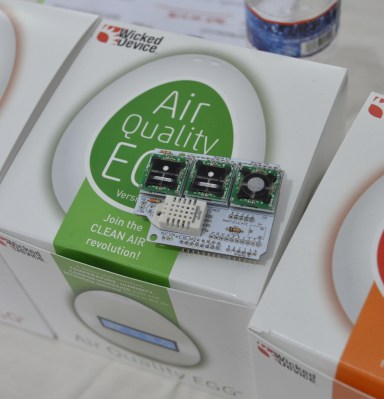 A few minutes later we ran into [Victor Aprea] from Wicked Device, showing off the
A few minutes later we ran into [Victor Aprea] from Wicked Device, showing off the









